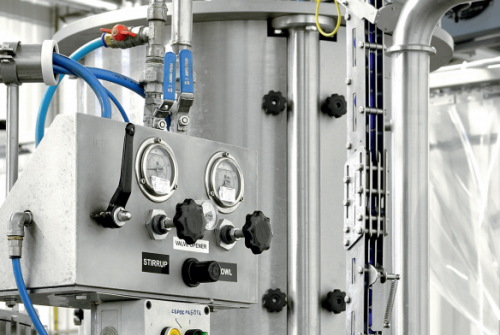There are various risks associated with chemical injections. Sometimes the injected chemicals do not have the desired effect, sometimes the process of deposition or corrosion just continues under injection. In case too much pressure is used for the injection, the production may be damaged. Or when the tank level is not measured correctly and a platform runs short of media, production may need to stop. Those scenarios cost the operator, the service company, the oil company and everyone else in the downstream a lot of money. Refineries may charge penalties when supplies decrease or stop.
Imagine an operator being very busy running operations, while several colleagues push him to change his activities: The maintenance manager wants to take one system out of line for a periodic maintenance check. The quality manager is knocking on the door demanding the implementation of new safety-rules. The well manager is pushing him to use less dense chemicals to prevent damage to the well. The operations manager wants dense or more viscous materials to minimize the risk of buildup. The HSE forces him to mix enough bio-degradable chemicals in the fluid.

All colleagues with different demands, all pushing for ultimately the same thing: to improve operations, make them safer and keep the infrastructure fit. Nevertheless, running six chemical injection systems for eight production wells and two EOR wells is quite a challenging organization – especially when the inventory needs to be monitored, the fluid quality has to be checked, the system performance must match the well properties and so on and on. In this case it is good to automate the process and with a future perspective allow to run operations remote.
Post time: Apr-27-2022
